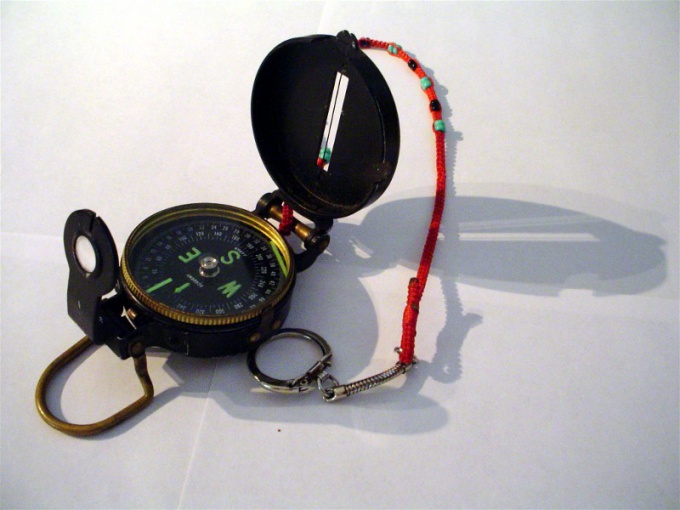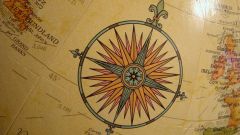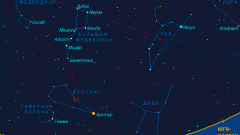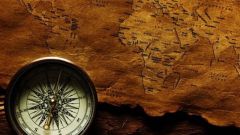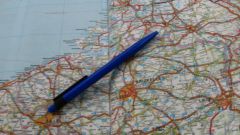Instruction
1
The most reliable way to navigate in unfamiliar terrain is to find in the sky the North star. Of course, I mean that on the street the night, and the sky overhead clear. How does the star look? Very simple! To begin with we find the characteristic shape of "Big dipper", also called the bucket. Now mentally connect the two outer stars of our "bucket" with a straight line. Using the imagination, we will hold the line on and measure out on her for another five the same distance as between our two stars. Here we find the North star, which, if you stand her face always points North! Next trick: back South, left the West well and East to the right.
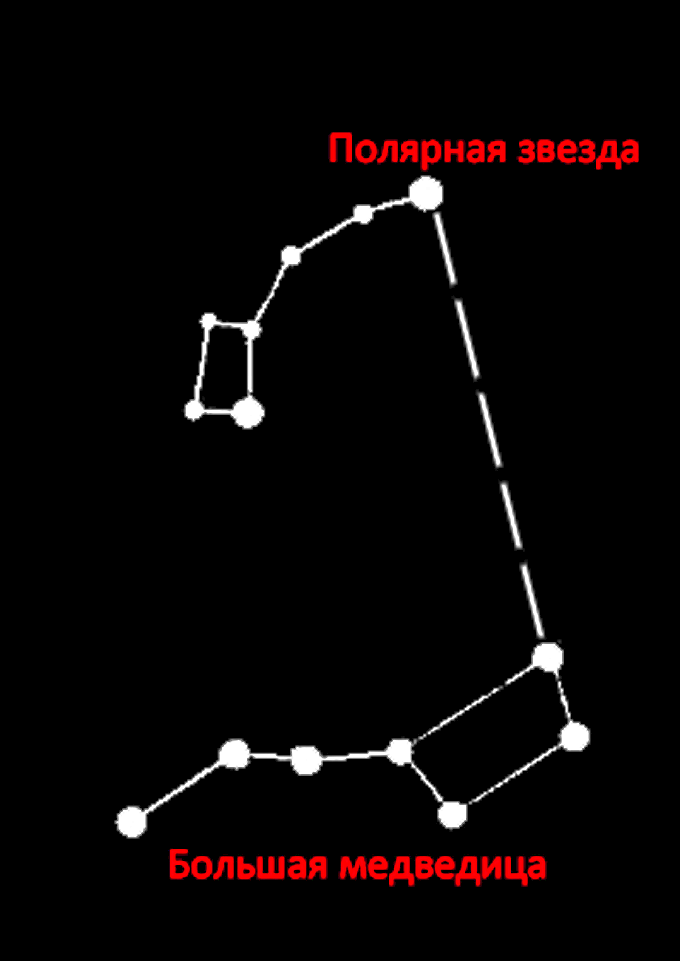
2
And what to do during the day? By day we navigate by the sun. At noon the sun is at the Zenith and points South. Sunrise is always in the East, and sunset, respectively, in the West. But there is another method of determining the cardinal points by the sun. For this you need a normal wrist watch. Point the small hour hand to the sun. The smaller sector between that hand and 12 hours split into 2 parts. Mentally draw a line that shows you where the South.
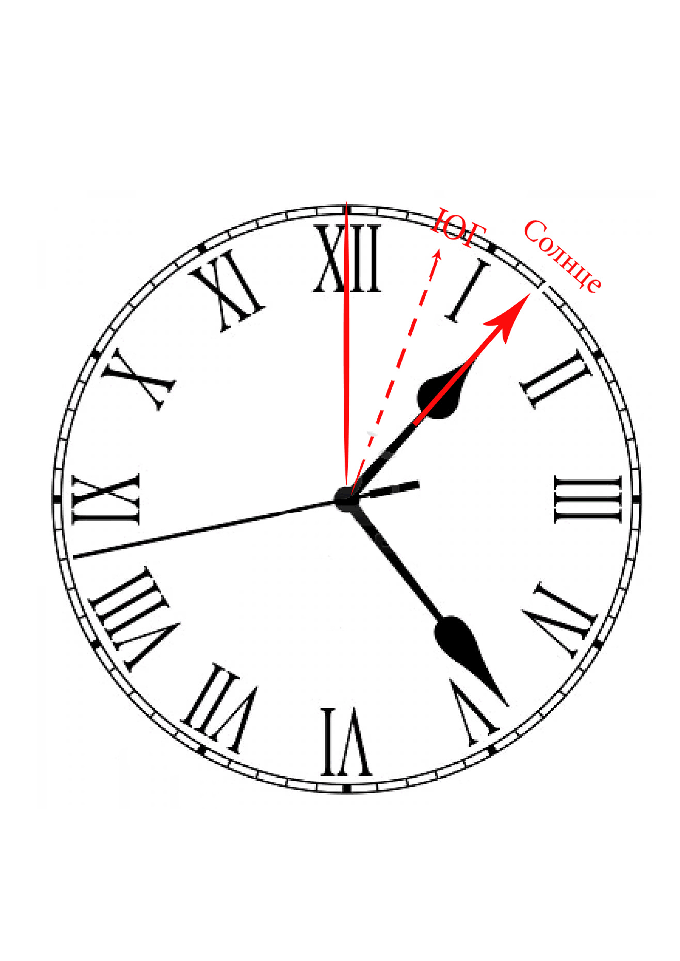
3
Another way of determining direction is to look closely at the trees. Please note that one side of the tree almost always has a greater number of branches, and branches on this side longer. All life is drawn to light and the sun. Long branches pointing to the South. Moss, conversely, hiding from the sun, so it grows mostly on the opposite North side. And if you find the stump, with well-selected annual rings, then pay attention to their width. On the South side of the distance between them more. The bark of the birch on the North side is darker than South.
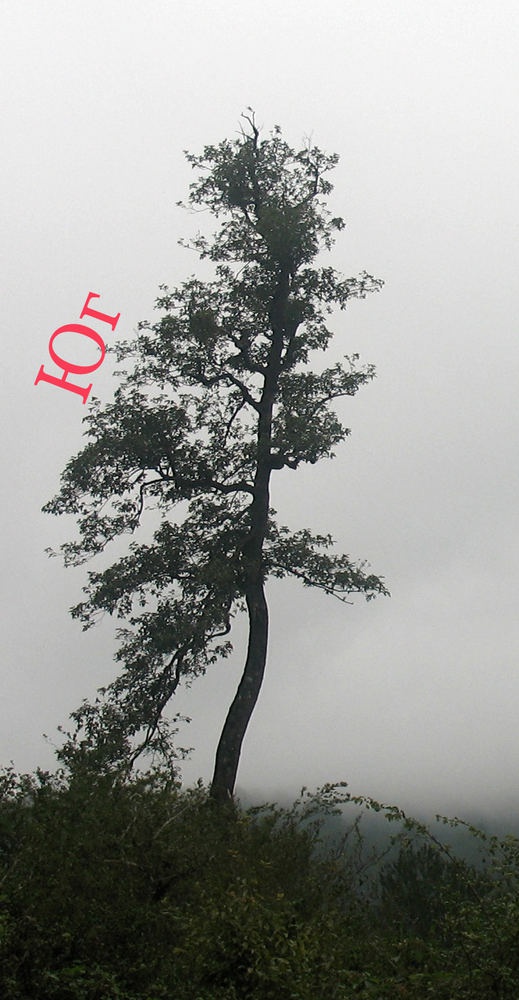
4
Side light can be determined by the shape of a regular ant. Like all insects the ants need warmth, so the side of the nest facing South is flatter. But on the North side of the nest is usually located a tree or a stone, which protect the colony from cold.
